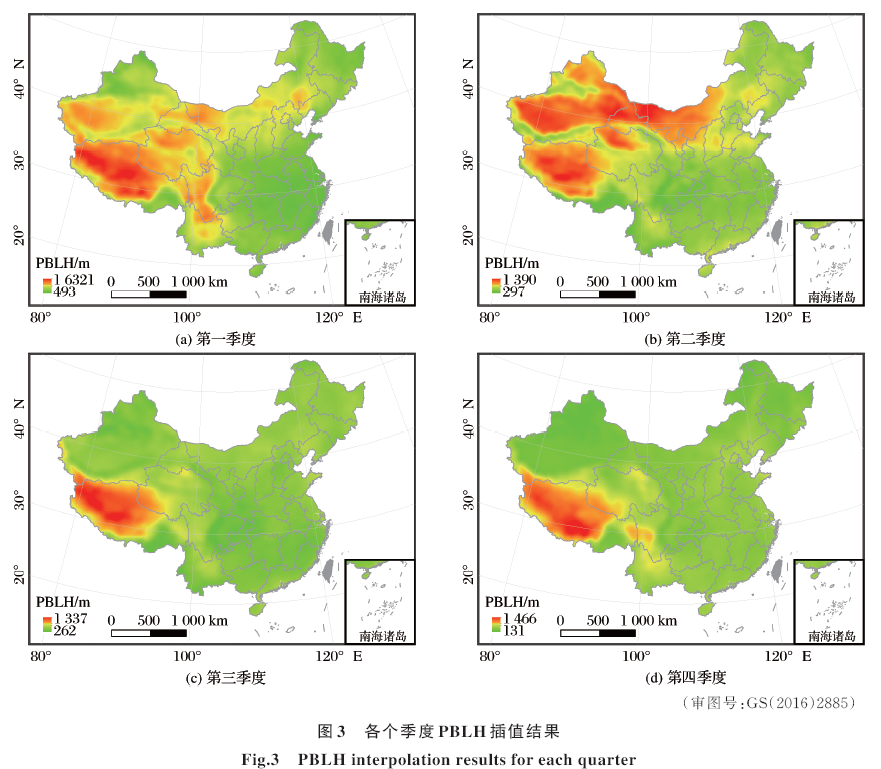 PDF(4522 KB)
PDF(4522 KB)


 PDF(4522 KB)
PDF(4522 KB)
 PDF(4522 KB)
PDF(4522 KB)
2015年中国PM2.5浓度遥感估算与时空分布特征
 ,
{{javascript:window.custom_author_cn_index++;}}
,
{{javascript:window.custom_author_cn_index++;}}
Estimation and Spatial-temporal Distribution Characteristics of PM2.5 Concentration by Remote Sensing in China in 2015
 ,
{{javascript:window.custom_author_en_index++;}}
,
{{javascript:window.custom_author_en_index++;}}

| {{custom_ref.label}} |
{{custom_citation.content}}
{{custom_citation.annotation}}
|
/
| 〈 |
|
〉 |